Tips to Protect Your Roof Against Vancouver Heavy Rain
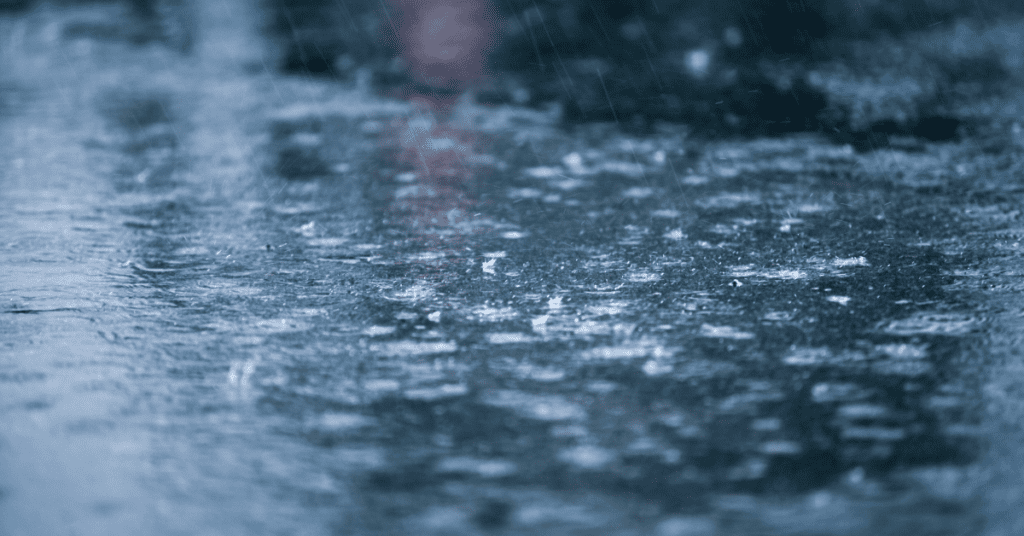

Vancouver is known for its heavy rain, which can pose a threat to the integrity of your roof. To ensure that your roof remains in good condition and protected against heavy rain, there are several measures you can take. In this article, we will discuss the best ways to protect your roof, how to identify if repairs are needed, the potential consequences of not protecting your roof, the best materials for heavy rain, and preventative measures you can take.
1. Use gutters
Installing gutters is an effective way to protect your roof from heavy rain. Gutters help to move water away from the roof and prevent it from pooling near the foundation of your home, which can cause water damage. Additionally, gutters prevent dripping water from damaging the siding of your home. Gutters are a crucial component of your home’s drainage system, and understanding various roofing terms can help homeowners be more informed about their roof’s health.
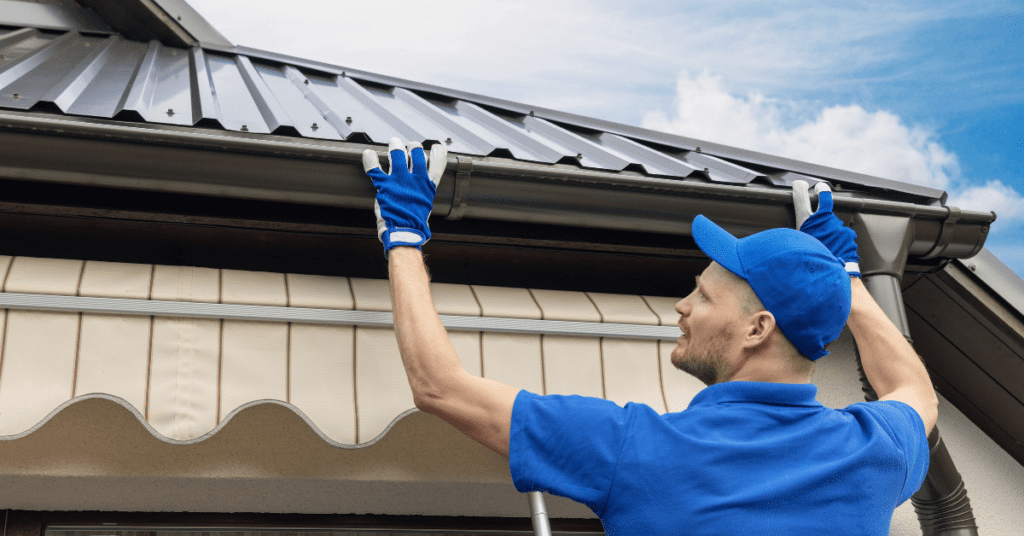

2. Clean gutters and downspouts
Regularly cleaning your gutters and downspouts is essential to ensure that water can flow freely away from the roof. When gutters fill up with leaves and debris, they can overflow and water can accumulate back on your roof, leading to substantial damage to your shingles. Having your gutters cleaned in the fall and spring is recommended to prevent water from pooling at the foundation or running down the side of your home. A blocked gutter can often be an early sign of roof damage, so it’s essential to address any obstructions promptly.
3. Ensure proper draining
Proper drainage is crucial in protecting your roof from rain damage. If your home has the correct slope, rainwater can drain effectively. Waterproofing your home and ensuring that water diverts away from the base of the home can help prevent water-related issues. Insufficient drainage is the most common issue for foundations that leads to roof damage. Drainage systems not designed to effectively steer water away from the building’s foundation can undermine the structural stability of your home. The expansion of clay due to flooding can cause movement in your home’s foundation, which in turn, can affect your roof as well. If you suspect a drainage problem, it is advisable to get a professional inspection to prevent costly repairs in the future.
4. Check downspouts
Functioning gutters are essential for moving water to the downspouts, which then remove the water from the base of the home. Gutter overflow can lead to roof deterioration. The primary function of your gutter system is to channel water off the roof and away from the sides of your house. An obstructed gutter can’t perform either of these tasks adequately, or perhaps at all. When gutters overflow, water can accumulate back on your roof, leading to substantial damage to your shingles. Inspect your downspouts to ensure they are in working order and extend far enough away from your home. Downspouts should ideally extend at least two feet from the home, but three feet is preferable. If water still collects by your home even with sufficient downspout extension, consider having drainage pipes installed to physically move the water away. Just as downspouts play a role in managing water flow, flashing in roof integrity is also crucial to prevent water from entering unwanted areas.
5. Check and maintain vents
Not all vents and soffits hold up well against heavy rain. Visual inspection by a professional roofer for your vents is recommended to ensure they are protected from water incursion. Debris such as bird nests, baseballs, branches, and trash can get lodged in vents, causing blockages that may lead to water damage. Having the debris cleared and guards installed can provide protection and peace of mind.
6. Watch the chimney
Chimney maintenance is often overlooked but can be crucial in protecting your roof. Have the flashing around the chimney inspected for any signs of looseness or brittleness. A properly hooded chimney prevents water from entering your home. Any cracks or weaknesses that may be vulnerable to rainwater.
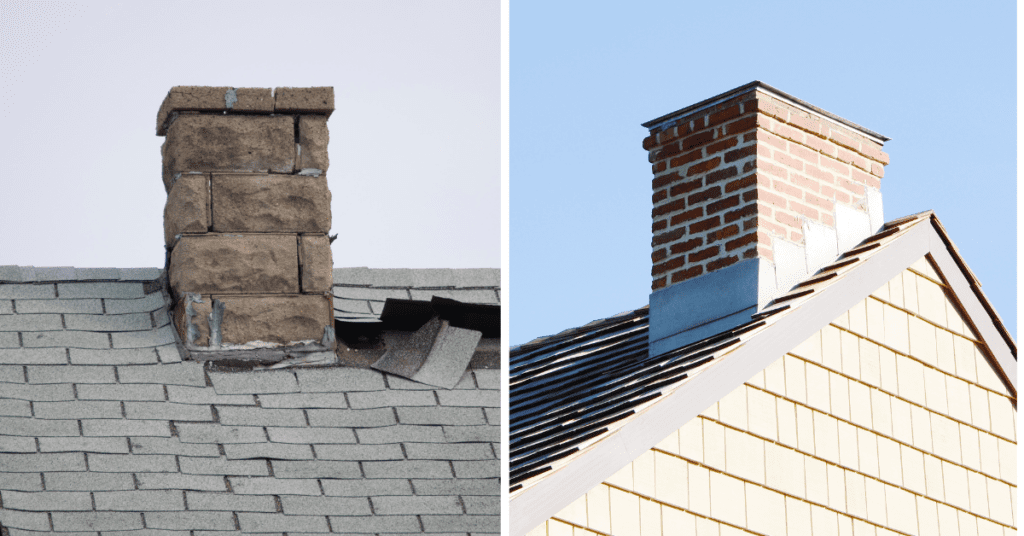

7. Clear hanging tree limbs
While trees add beauty and shade to your yard, large branches overhanging your roof can pose a serious problem. Wind damage and lightning strikes can cause branches and leaves to damage your roof’s drainage system by falling on your gutters, downspouts or roof. Have the limbs trimmed back that hang over your roof and consider removing trees that pose a danger to the structure of your home.
8. Shingle inspection
Your shingles and flashing protect your roof from rain damage. Regular inspection by a licensed roofer is recommended to identify signs of wear and tear on the shingles and other essential structures. Licensed roofers have the expertise to provide an accurate assessment and offer solutions to any issues. When inspecting your shingles, knowing the qualities to look for in good asphalt shingle roofing can give you a better understanding of your roof’s condition.
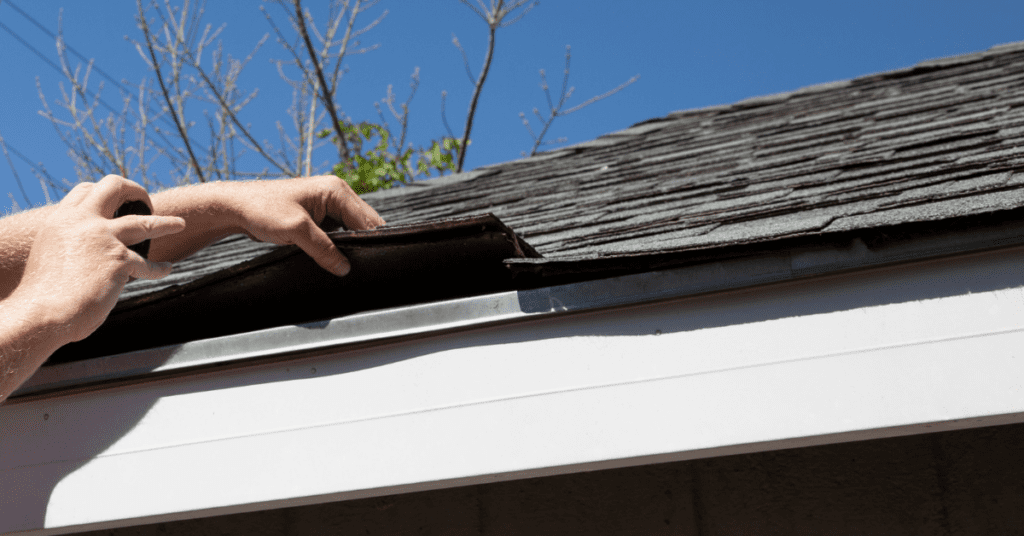

9. Fix leaks promptly
If your roof has sprung a leak, it is vital to have it repaired as quickly as possible. Brown patches on the ceiling or dark areas on the roof itself can indicate water damage. Leaks can get worse rapidly during heavy rains, causing substantial structural damage. Prompt repairs are crucial to prevent expensive repairs down the line. Identifying the exact location of a leak can be challenging; read more about why it’s difficult to locate a roof leak on your own and consider seeking professional help.
10. Stop pooling water
Water often pools on flat roofs, especially if they lack the proper slope for good drainage. Pooled water can deepen with each rainfall, leading to potential damage. If you notice water that does not clear after a downpour, consult an experienced roofer to address any underlying issues.
11. Replace roofing on time
If it has been over 15 years since your last roof replacement, it may be time to install a new one. Roofs wear down over time, and frequent heavy rain can accelerate this process. Investing in a new roof may seem costly, but it is essential for the long-term protection of your home. Understanding the expected lifespan of a new roof can help homeowners plan for replacements before significant damage occurs. Advanced materials available today are designed to withstand Vancouver’s heavy rain and add value to your property.
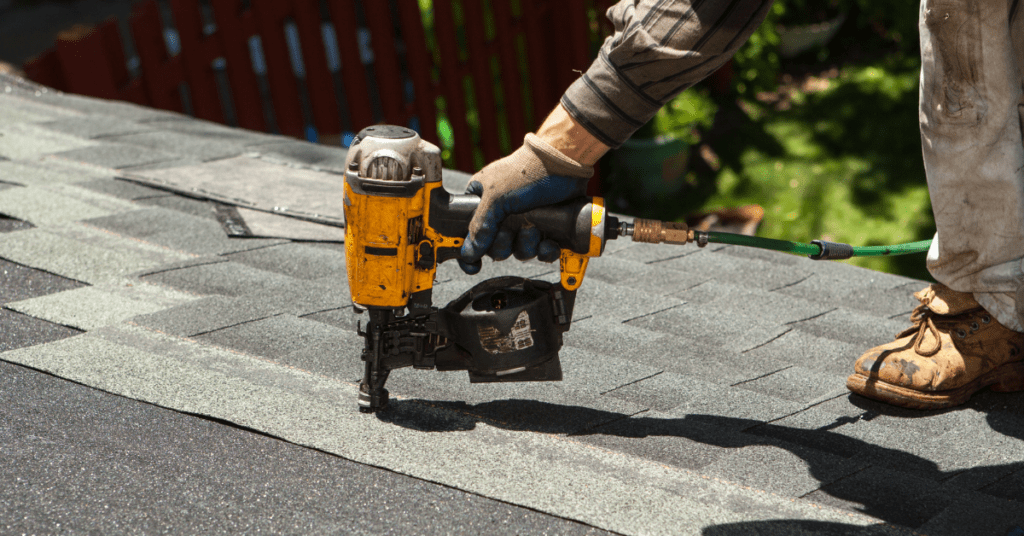

12. Inspect the attic ceiling
To spot leaks, inspect the ceiling of your attic. Damaged or moldy insulation, stained boards, ceiling panels, or discoloured sheetrock can indicate leaks. If any of these signs are present, contact a roofer for cost-effective recommendations and repairs before the next storm. Leakages in the attic can often be accompanied by other signs, like energy loss; learn more about how your roof might be causing energy inefficiency in your home.
13. Inspect flashing around skylights
Skylights provide natural light and enhance the beauty of your home, but they can also be potential areas for water to enter. Have a professional check the flashing around skylights for cracks or damage, and ensure that the weather stripping on the glass is in good condition. Addressing any issues promptly will help prevent leaks during heavy rain. While checking the flashing around skylights, homeowners should also be aware of other potential damages, such as those caused by hail. Read our guide on how to inspect your roof for hail damage.
14. Don’t wait to replace missing shingles
Strong winds can dislodge shingles, leaving your roof vulnerable to rain damage. After a major storm, visually inspect your roof for missing shingles. If you find any, call a roofer to make repairs as soon as possible. They can quickly remove damaged shingles and replace any that have been dislodged. Timely replacement of missing shingles is essential, but sometimes more extensive work is needed. Discover when a roof is beyond repair and when a complete replacement becomes crucial.
By following these tips and preventative measures, you can protect your roof against heavy rain. Regular inspections, maintenance, and timely repairs are essential to ensure the longevity and integrity of your roof. Don’t underestimate the importance of proper drainage and the use of high-quality materials specifically designed to withstand heavy rain. Taking these steps will not only protect your roof but also provide peace of mind during Vancouver’s rainy seasons.
Living in a region renowned for its heavy rain, your roof’s maintenance and protection are paramount. Whether you’re nestled in the heart of Vancouver Roofers or you call the picturesque North Vancouver Roofers or West Vancouver Roofers your home, we have local experts ready to assist. From the bustling streets of Burnaby Roofers and Surrey Roofers to the serene landscapes of Maple Ridge Roofers and Pitt Meadows Roofers, our dedicated roofers ensure every home remains shielded against the elements. Perhaps you’re closer to the communities of New Westminster Roofers, Coquitlam Roofers, Port Coquitlam Roofers, or Port Moody Roofers? Or maybe the beautiful areas of Delta Roofers, Ladner Roofers, Richmond Roofers, White Rock Roofers, or Langley Roofers are where your heart lies. No matter your location, our promise remains top-quality service with a local touch.
